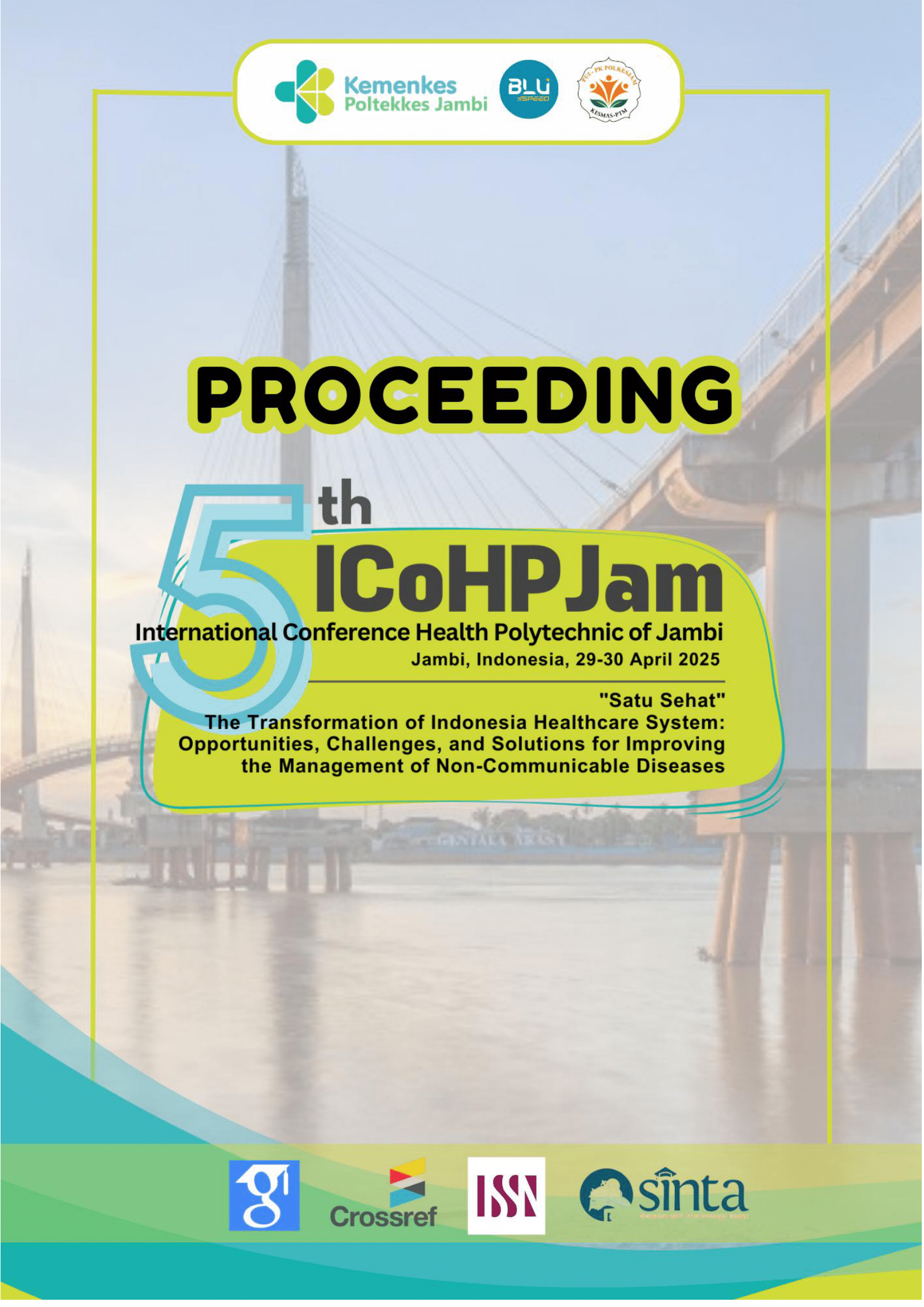Vitamin A Coverage and Prevalence of Stunting, Underweight, And Wasting in Children 6-59 Months of Age (Analysis of IHS 2023 Data)
Abstract
Background: Nutritional problems, such as stunting, wasting, and being underweight, are significant contributors to the global burden of disease in children, including in Indonesia. Indonesia has been identified as having low levels of Vitamin A sufficiency among under-fives. Vitamin A deficiency can inhibit protein synthesis, which is critical for cell development. As a result, Vitamin A-deficient children are at high risk of growth impairment. This study aims to analyze the association between Vitamin A supplementation and the prevalence of stunting, wasting, and underweight among children under five years of age in Indonesia using the 2023 IHS (Indonesia Health Survey) data.
Method: This study used a cross-sectional design using secondary aggregate data from the 2023 IHS covering 38 provinces in seven regions in Indonesia. The independent variable in this study is the proportion of Vitamin A supplementation, while the dependent variable is the prevalence rate of stunting, wasting, and underweight. The analysis will be conducted using the Pearson correlation test, after previously testing the normality of the data.
Result: The results showed that vitamin A coverage was significantly associated with the prevalence of stunting, underweight, and wasting. The higher the vitamin A coverage, the lower the prevalence of stunting, underweight, and wasting.
Conclusion: The conclusion of this study is that vitamin A supplementation plays an important role in reducing the prevalence of stunting and wasting. This study provides a basis for more effective policies and interventions aimed at addressing child malnutrition in Indonesia.



